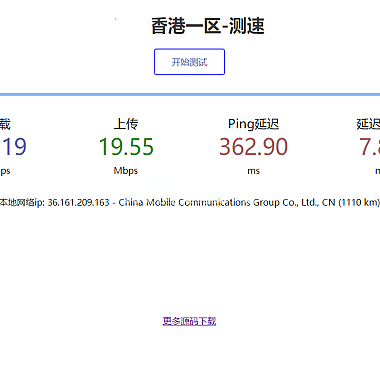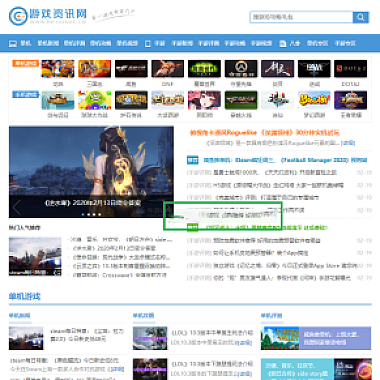Laravel where <>
简述解决方案
在Laravel框架中,where <> 用于查询与指定条件不相等的数据。它可以帮助我们从数据库中筛选出不符合特定值的记录。如何使用 where <> 来实现这一功能,并提供多种解决方案和代码示例。
1. 使用原生SQL语法
在Laravel中,可以使用Query Builder来构建查询语句。对于 <> 操作符(表示不等于),可以直接在 where 方法中使用:
php
use IlluminateSupportFacadesDB;</p>
<p>// 查询所有年龄不等于30的用户
$users = DB::table('users')
->where('age', '<>', 30)
->get();</p>
<p>foreach ($users as $user) {
echo $user->name . "n";
}
这段代码会生成类似以下的SQL语句:
sql
SELECT * FROM users WHERE age <> 30;
2. 使用Eloquent模型
如果你使用的是Eloquent ORM,同样可以很方便地应用 <> 操作符:
php
namespace AppHttpControllers;</p>
<p>use AppModelsUser;</p>
<p>class UserController extends Controller
{
public function index()
{
// 获取所有状态不是'inactive'的用户
$users = User::where('status', '<>', 'inactive')->get();</p>
<pre><code> return view('users.index', compact('users'));
}
}
3. 多个字段不等于条件
有时我们需要对多个字段设置不等于条件,可以通过链式调用来实现:
php
$products = DB::table('products')
->where('category_id', '<>', 5)
->where('stock', '<>', 0)
->get();
或者使用数组形式:
php
$products = DB::table('products')
->where([
['category_id', '<>', 5],
['stock', '<>', 0]
])
->get();
4. 动态条件判断
如果需要根据某些逻辑动态决定是否添加 <> 条件,可以这样做:
php
$query = Product::query();</p>
<p>if ($request->has('exclude<em>category')) {
$query->where('category</em>id', '<>', $request->exclude_category);
}</p>
<p>$products = $query->get();
5. 避免SQL注入风险
使用Laravel的Query Builder或Eloquent时,参数会被自动转义,有效防止SQL注入攻击。但为了安全起见,建议始终使用绑定参数:
php
$id = $_GET['id']; // 不要直接使用未经验证的输入</p>
<p>// 安全的做法
$users = DB::table('users')
->where('id', '<>', $id) // 参数会被自动转义
->get();
总结来说,在Laravel中使用 where <> 是一个非常简单且强大的功能。通过以上几种方法,你可以根据实际需求灵活地构建查询条件,同时确保代码的安全性和可读性。











